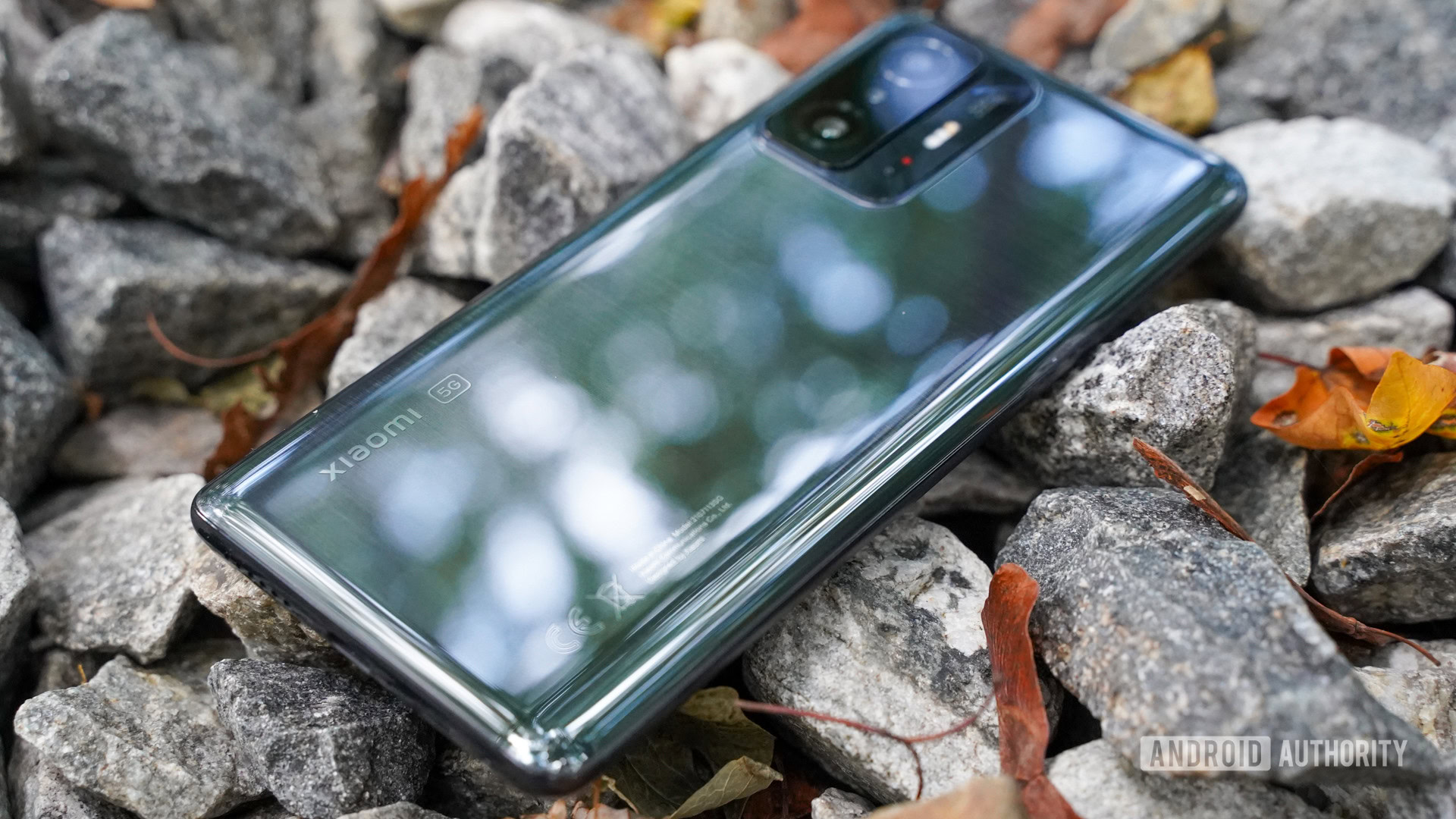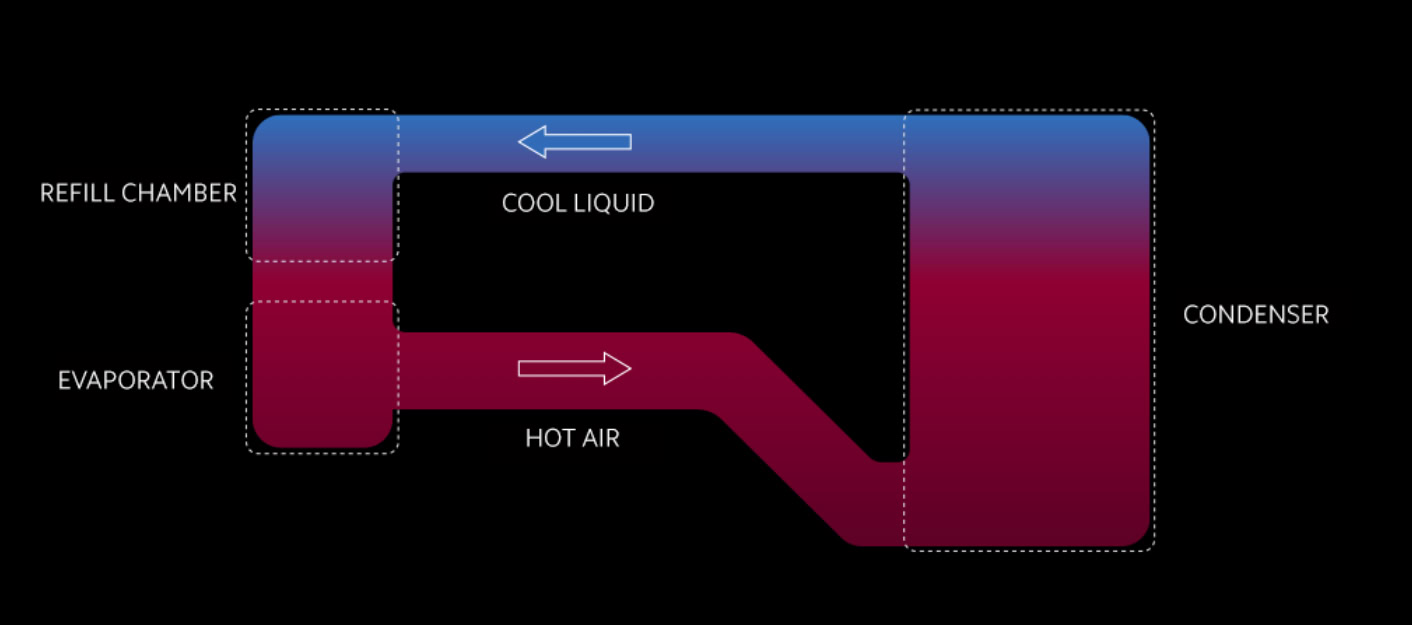Affiliate links on Android Authority may earn us a commission. Learn more.
Liquid cooling and Tesla valves are coming to smartphones

- Xiaomi has introduced a new heat dissipation technology for smartphones it’s calling Loop LiquidCool technology.
- Using Tesla valves and a one-way circulation technique, Xiaomi’s tech promises to “double the capabilities” of standard vapor chambers.
- Xiaomi aims to bring the new technology to its smartphones in H2 2022.
Dissipating the heat generated from the inner workings of our smartphones is becoming increasingly important, thanks to today’s processor-intensive games and applications. Even the most efficient smartphones out there can get warm or even hot to the touch in extreme circumstances. Xiaomi thinks it has the answer, and it’s using liquid cooling and Tesla valves to make it happen.
Xiaomi’s new method for heat dissipation is called Loop LiquidCool technology, which it claims has “twice the cooling capabilities” compared to conventional vapor chamber solutions and is “the most efficient smartphone cooling solution.” Those are big claims, indeed.
Loop LiquidCool technology draws the liquid cooling agent to the heat source then pushes the heat towards a cooler area of the smartphone. The heat is unable to move backward thanks to Xiaomi’s use of a Tesla valve structure in the refill chamber. Tesla valves allow the cooling liquid to pass through the evaporator while blocking gasses from moving in the other direction.
This is a common pitfall of standard VC liquid cooling systems. Other VC systems don’t use separate channels for cooling liquid and hot gasses, so they tend to mix and slow down the cooling process.
The liquid cooling aspect of this technology is the same as other VC liquid cooling systems in smartphones. A cooling agent evaporates to gas when the smartphone gets hot, and the gas diffuses in a condenser to turn into liquid again. Xiaomi’s architecture and the special gas pipe design are what make this technology shine. The company says its gas pipe design reduces air passage resistance by 30%.
You can see Xiaomi’s Loop LiquidCool technology in action in the video attached above. Using a custom Xiaomi Mi Mix 4, the Loop LiquidCool device’s processor was 8.6℃ lower than the standard Mi Mix 4 and stayed under a max temperature of 47.7℃.
We aren’t far away from seeing this technology in our smartphones. Xiaomi hopes to have it appear in its devices in H2 2022.
